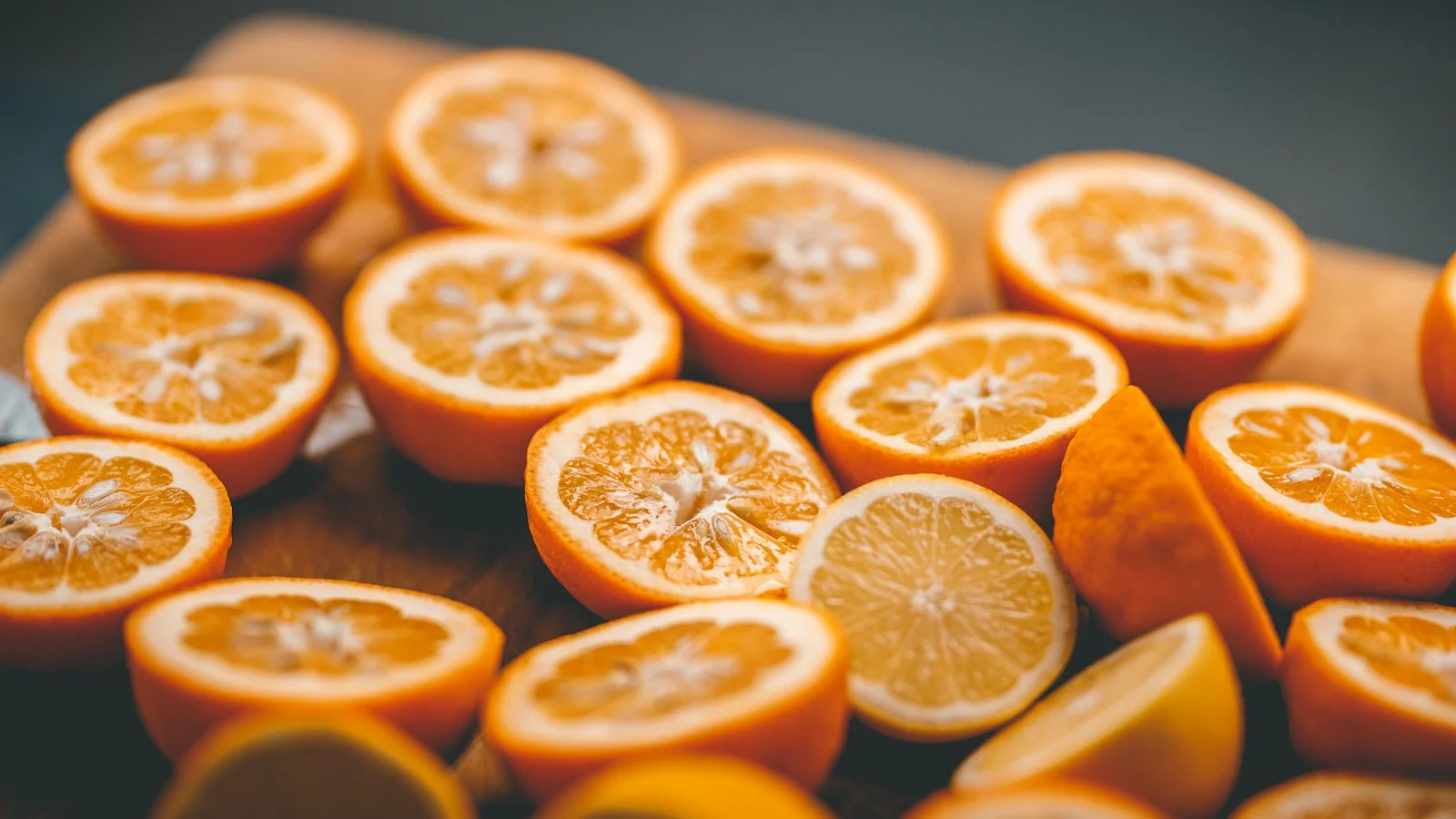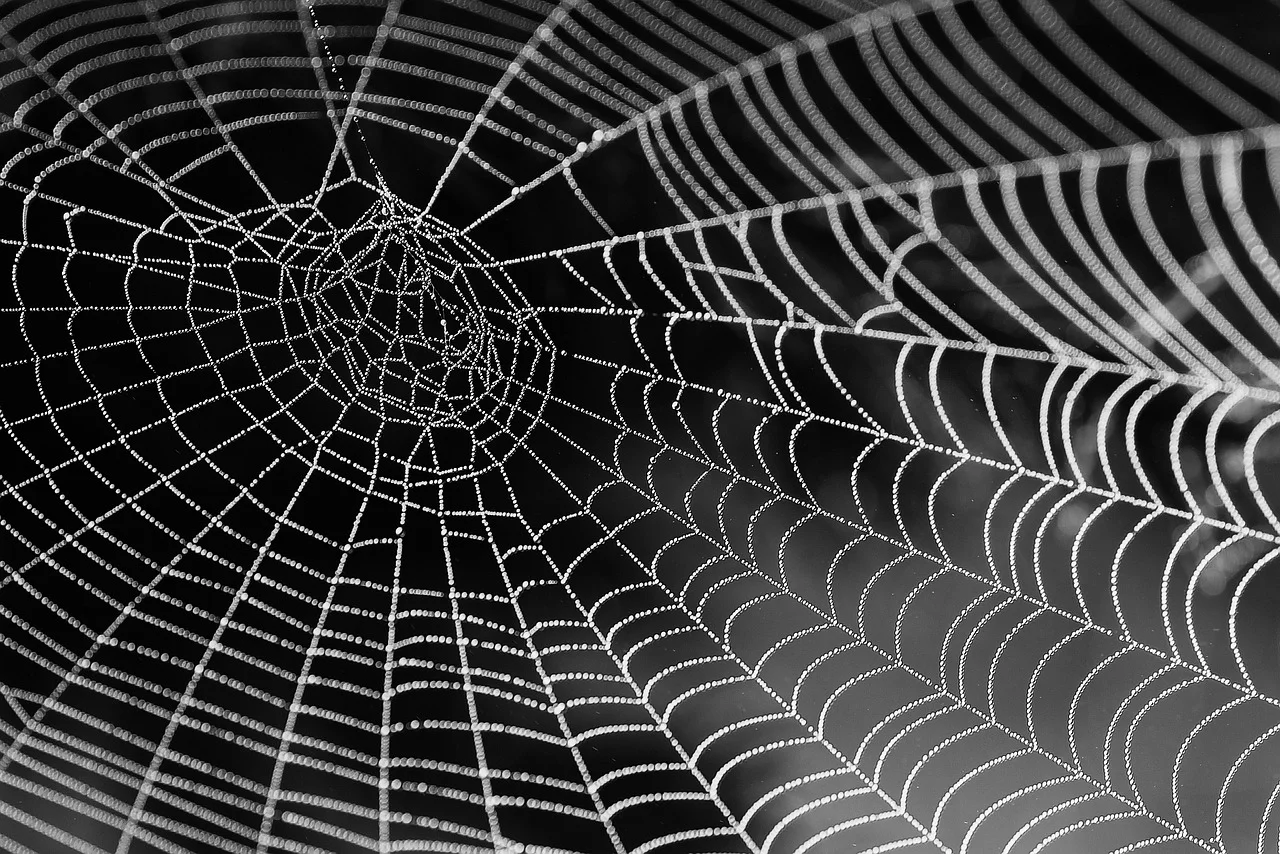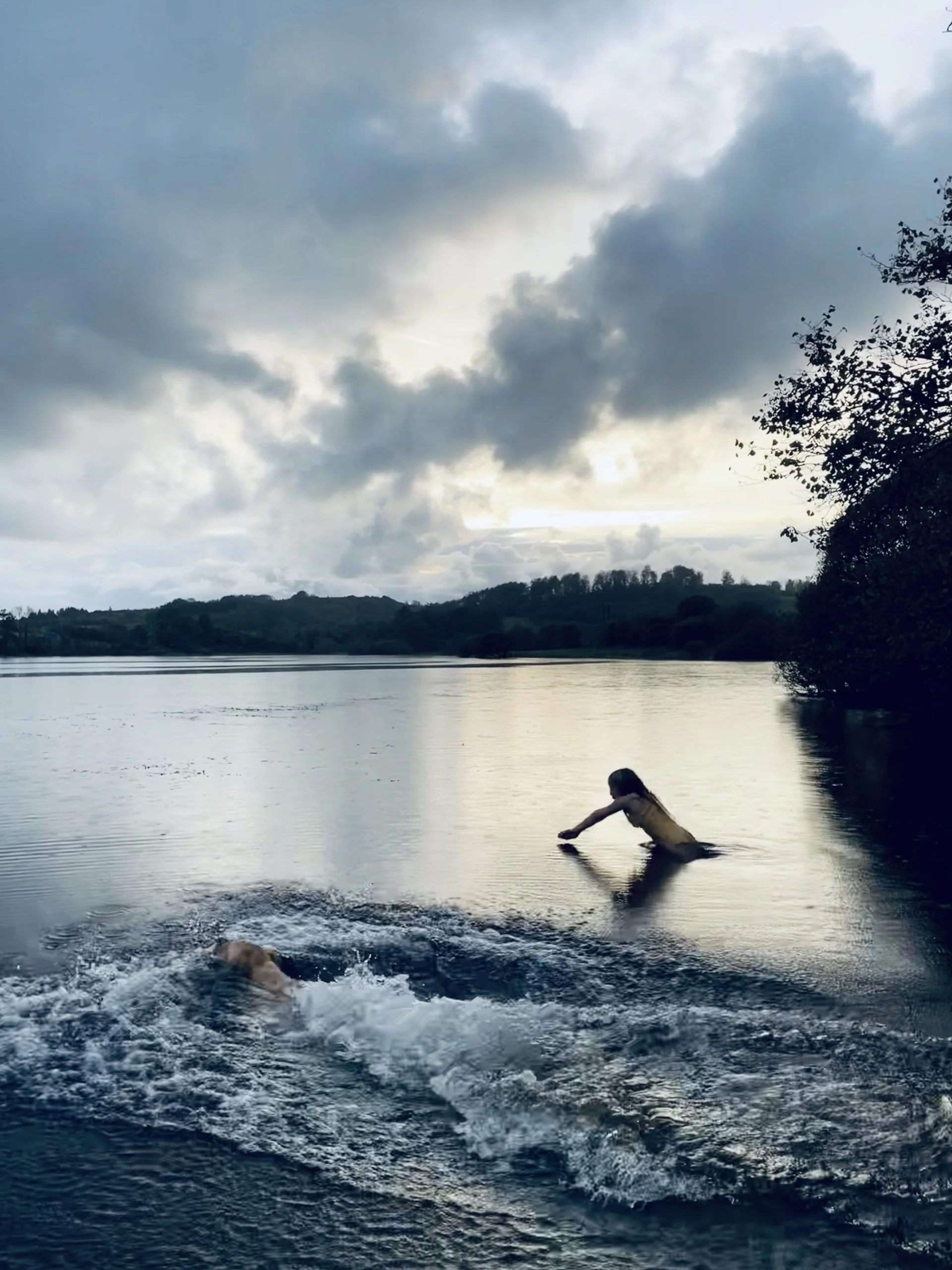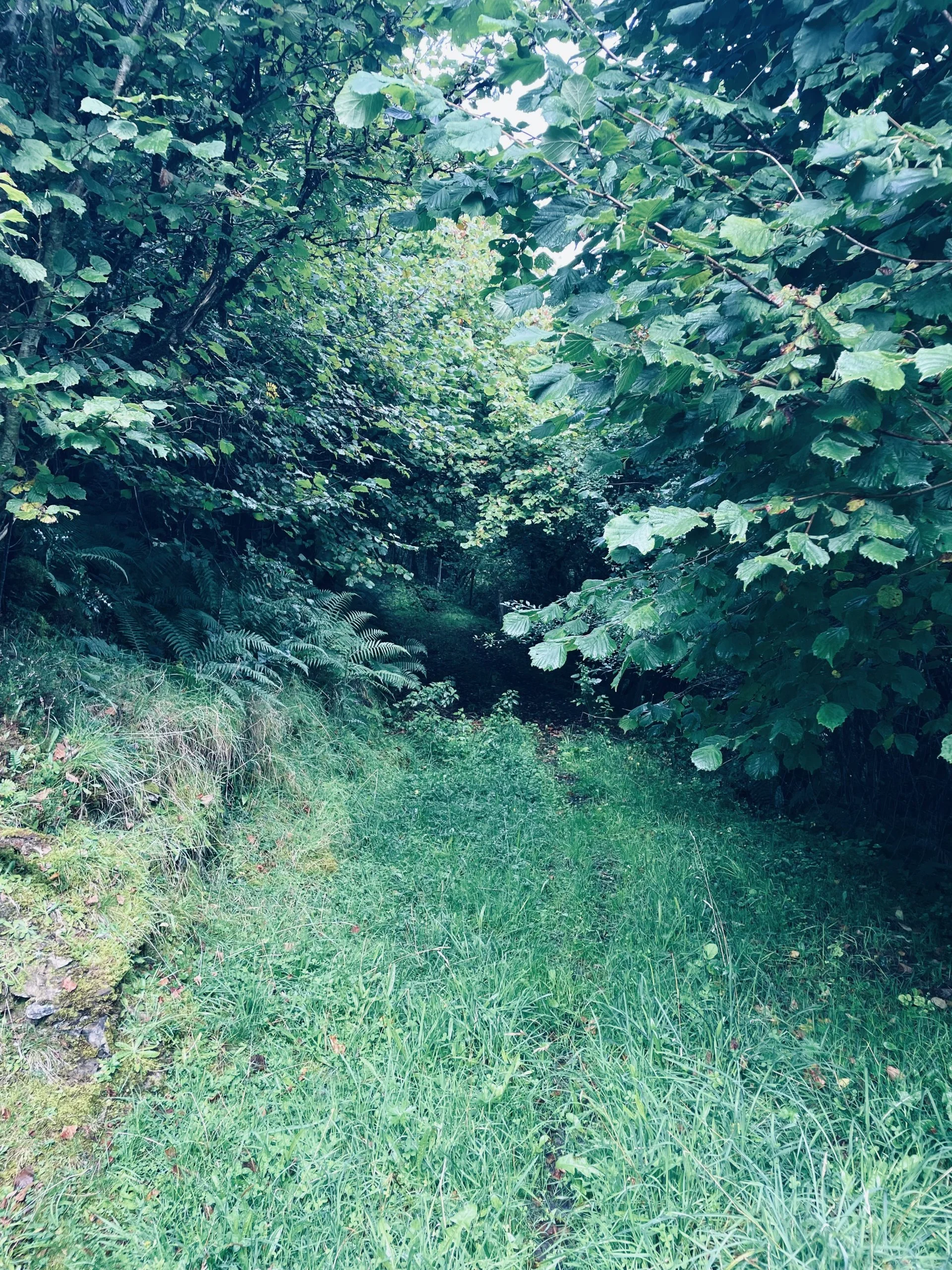On Behalf of the Good Dark
Upstream
Upstream is an offering of essays that map the landscape as I see it. Subscribers get full access to my work. If you are already a member, please login below.
If you are not currently a member but would like to join, please click here.
First, we create our circle: a knobbly burl of oak as central altar; a ring of fairy lights; a nature mandala that ripples outward in ivy berries, driftwood and sea-smoothed basalt; beeswax candles half buried in sand and, finally, our circumference of cushions. Later, we will sit in council with a dozen other women. They will be points of a compass to which we will turn as the darkness gathers.
This is the winter solstice; the tipping point of the year when nightfall brims the banks of the afternoon and outstays its welcome long into the morning. It is one of four solar festivals celebrated by our Celtic ancestors, as well as the spring equinox, summer solstice and autumnal equinox. They built ancient monuments across Ireland in alignment with these festivals.

Once, I visited the Ballynoe Stone Circle with my children in the dead of winter. We tried to imagine what it would have been like to rely entirely on the sun for light. For a generation who have electricity at our fingertips, this is hard to envisage. I picture it as thick and viscous, something through which I would wade only if it were necessary. The return of the sun would have been great cause for celebration and I want to reclaim this sense of wonder.
Power With
I lower myself onto a cushion to see how it will feel. Here, on the floor, we will be present to our bodies and how we hold them. Some will tuck knees into their chest, others will tie their legs in a knot and one or two will splay like starfish on the bare wood. However we choose to inhabit this space, the ground beneath us is level. There is no stage or hierarchy, there is no power ‘over’, only power ‘with’. When one woman cries, she becomes a well from which the others draw water. Her story becomes our story, and her healing is for the good of us all.
This is the second gathering on our journey around the Celtic Wheel. The first was at Samhain, one of the four cross quarter earth festivals that include Imbolc, Bealtaine and Lughnasa. These festivals are harder to understand outside of the context of a life that is entirely dependent on the land. Each earth festival is connected to the seasons and the tasks undertaken at these times. Samhain marks the beginning of the Celtic new year. Locals would have brought their cattle indoors and slaughtered those needed for winter meat. It was an opportunity to celebrate the year gone and prepare for the cold, dark days ahead.
The earth and solar festivals divide the year into six-week blocks; I find the year more palatable when divided like this. On my journey around the wheel, each revolution allows me to include my experience in an ever widening circle.
I place notebooks beside the cushions as my wilder half lifts an armful of ferns. Together, we create our solstice spiral, a pathway for our sisters to travel into the darkness. We work in the gloaming, coiling long boughs of fern into a labyrinth in which we will contend with the dark. The spiral is an ancient symbol of descent. It is the path of winter with death at its core.
‘We talk so much of light,
please let me speak on behalf
of the good dark. Let us
talk more of how dark
the beginning of a day is.’
How Dark the Beginning, Maggie Smith
I will share later about Theseus and the string he took underground on his quest to slay the minotaur, a string that he used to retrace his steps to the light. We will pass a ball of white yarn around the circle while telling tales of the women who inspire us to be true to the more primal parts of our nature. I will say: This is our way out of the dark, these threads that connect us to one another and to the wild women of the past: the healers, the dreamers, the midwives and the leaders of warrior clans.
‘Through the cold rocks,
Through the black rocks,
Through the long webs,
And the mist fell,
And the webs clung,
And the rocks tumbled,
And the earth shook.
And the thread held.’
The Return, Mary Oliver

Freezing fog swallows The Arcadia. We watch the waves from porthole windows and shiver at the thought of plunging in. I test my partner’s resolve for the possibility of backing out. No, she is determined. We heat soup on the stove and change into our suits. It is almost time for the women to arrive. This hinterland between preparation and gathering is fraught. Will they come? What if they do not want to swim? Can I read my notes by candlelight? I turn on myself, questioning my legitimacy, the things I hope to share and my choice of swimwear. This is where the battle is fought and won. Here, on the edge of the water on the darkest night of the year.
We light a small fire on the beach and just as it builds, a freak wave rises and extinguishes the flame. It is as if the sea is saying, ‘No, this is a night for darkness.’ There is no way to insulate against the cold: one degree and falling. A passer-by sticks his head over the wall and tells us we are brave. We shiver and check our watches. Out of the mist, our sisters arrive, suited and booted for the water.
The Cailleach
The Cailleach herself rises with the tide. This archetype of female strength and wisdom spilled rocks from her apron to form the mountains. She is the governing principle of the dark half of the year when the cold bites and the sun is weak. Hers is an ancient understanding of time as cyclical, rich with the pattern of withdrawal and return; ebb and flow; death and rebirth. I do not know her; I was not raised on her stories. But when we step into the water, she summons a howl from the pit of my stomach that I recognise. My sisters echo the call, and the shriek of foxes carries across to the strand. Every wave elicits this chorus followed by laughter.
‘The people I love the best
jump into work head first
without dallying in the shallows
and swim off with sure strokes almost out of sight.
They seem to become natives of that element,
the black sleek heads of seals
bouncing like half-submerged balls.’
To Be of Use, Marge Piercy
If I could speak on behalf of the good dark, I would talk about a honeybee. Deep within my hives, there is a cluster of 5,000 bees. If you think that sounds like a lot, there are between 35,000 and 40,000 at the height of summer. In the hive’s dark core, the bees shiver. This tiny movement multiplied by 5,000, raises the temperature to over 30 degrees. The queen bee is at the centre of this shivering cluster; she is the one they live to protect. She does not lay eggs over the winter but must begin laying in the early spring to secure the future of the hive. Her sisters spend the long nights and short days of winter roiling through the cluster from its cooler circumference to the warmer middle. They emerged from their cocoons in the autumn and have never been outside the hive. Their singular purpose is to shiver and attend their queen until the outside temperature rises. They will never visit a flower, rub pollen into the baskets on their hind legs or navigate the flight paths mapped out by scout bees. They will live and die in the dark.
Finding our Rhythm
When we gather after our swim, a single candle flickers in the centre of our circle. We find our seats and on the westerly point of our compass, my co-facilitator lifts her drum. She opens with a solid beat. I take a deep breath and join in. Soon, the sound of 11 drums bounces into the shadows. We are a little less than strangers, but this is the second time we have drummed together, and we settle into a rhythm with greater ease.
Everything begins in the dark.
In this festive season, there is light everywhere: on our Christmas trees, decorating our houses, strung across the main streets and bedecking heritage properties selling tickets for light shows. It is entirely possible to miss the darkness completely. Our drum circle is the opening act of a dark celebration. We follow it with storytelling, the building of a cairn, moments of stillness and a pilgrimage to the dark heart of a solstice spiral. There are other things too, treasures of darkness I cannot reveal because they belong to our group.
The 25th of December was designated as Advent in the fourth century, the day the Romans marked the solstice. So many of the festival dates in our modern calendar have ancient roots. The act of integrating this primeval wisdom with the stories on which I was raised is like weaving a beautiful tapestry. There are stiches to unpick, rogue threads to gather from the edges and a need to take many a step back to adjust my perspective. It is a rich and rewarding practice.

We close our gathering by carrying an unlit candle into the centre of the spiral. Here, a larger, single candle flickers. We pause in that liminal space to consider the things we need to leave in this catacomb. Then, we light our candle from the central pillar and make our return journey. Scattered among the ferns are other, smaller candles. We each light one as we walk outwards towards the light. When all the women have finished, there is a bright spiral of light, a luminous symbol of descent and ascension.
I cannot tell you
how the light comes,
but that it does.
That it will.
That it works its way
into the deepest dark
that enfolds you,
though it may seem
long ages in coming
or arrive in a shape
you did not foresee.
And so
may we this day
turn ourselves toward it.
May we lift our faces
to let it find us.
May we bend our bodies
to follow the arc it makes.
May we open
and open more
and open still
to the blessed light
that comes.
How the Light Comes, Jan Richardson
Latest Publications
Search Site
related journal entries
People With Whom I Have Worked

















